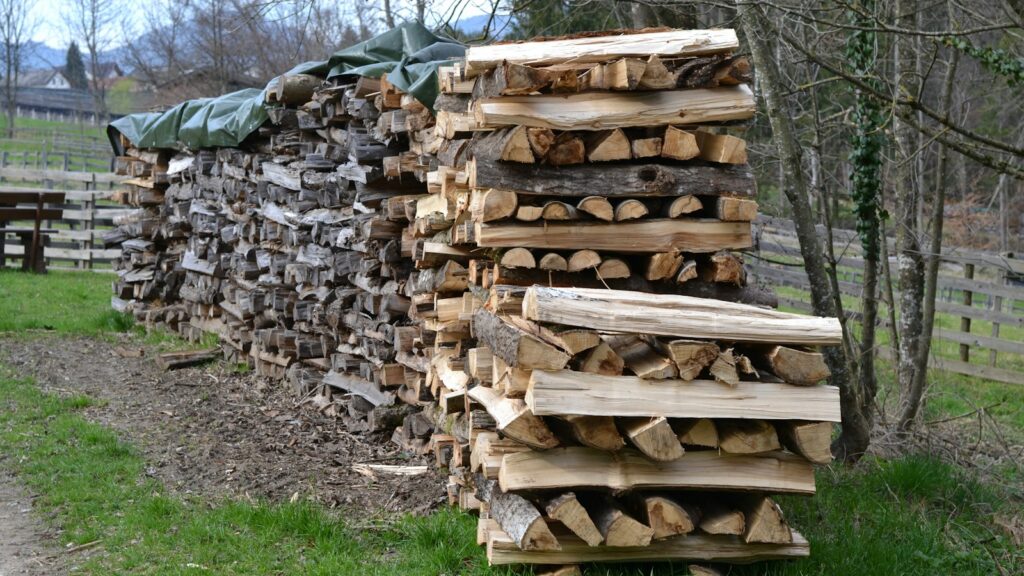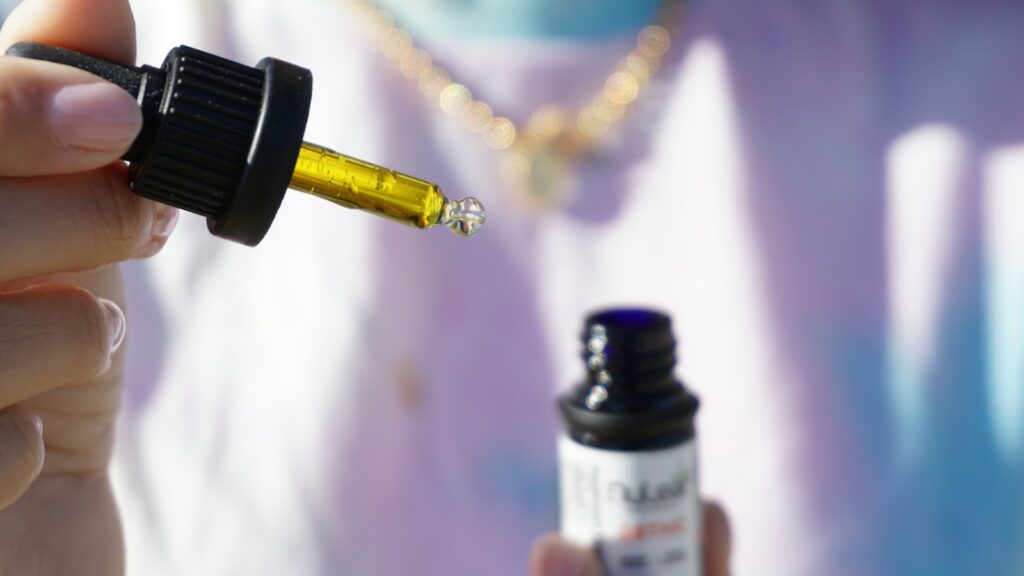When autumn leaves begin to fall and temperatures drop, an unwelcome visitor might be seeking refuge in your home. The brown marmorated stink bug—a shield-shaped invader with a distinctive unpleasant odor—has become an increasingly common household pest across North America. These persistent insects don’t just appear by chance; they’re actively searching for warm, sheltered spaces to survive the winter months. Understanding why these pests target our homes and how to effectively manage them can help you reclaim your space and prevent future invasions. Let’s explore the world of stink bugs and discover practical solutions to keep them at bay.
The Identity of Your Smelly Houseguest

The brown marmorated stink bug (Halyomorpha halys) is an invasive species that originated in East Asia and was first documented in the United States in the late 1990s. These insects measure approximately half an inch long and display a mottled brown pattern that helps them blend into their surroundings. Their distinctive shield-shaped bodies make them easily recognizable, with alternating light and dark bands around the edges of their abdomens. When threatened or crushed, stink bugs release a pungent odor from special glands located on their thorax—a defensive mechanism that gives them their common name. This characteristic smell has been compared to cilantro, burnt tires, or rotten almonds, depending on who you ask.
An Unwelcome Immigrant’s Journey

The brown marmorated stink bug’s journey to North America began as an accidental introduction, likely arriving in shipping containers from Asia. Since its first confirmed sighting in Allentown, Pennsylvania in 1998, this invasive pest has spread rapidly across the continent, now established in more than 40 states. Without natural predators to keep populations in check, stink bugs have flourished in their new environment. Their explosive population growth has been particularly noticeable in mid-Atlantic states, where ideal climate conditions and abundant food sources have allowed them to thrive. Agricultural regions have been hit especially hard, as these pests damage a wide variety of crops including apples, peaches, soybeans, and corn.
Why Your Home Becomes a Winter Resort

As temperatures begin to drop in late summer and early fall, stink bugs instinctively seek shelter for overwintering. In their native habitat, they would typically retreat to rocky outcroppings or the bark of dead trees. However, in residential areas, our climate-controlled homes represent the perfect alternative—warm, protected, and full of hiding spots. Stink bugs are drawn to structures with a southern or western exposure, as these sides receive more sunlight and warmth. They’re particularly attracted to upper stories of buildings, which tend to be warmer. These insects don’t feed or reproduce during winter months; they simply enter a state of dormancy called diapause, waiting for spring to emerge and resume their normal activities.
Entry Points You Never Noticed

Stink bugs are masters at finding their way into your home through the smallest openings. Cracks as thin as 3-7 millimeters provide sufficient entry points for these determined invaders. Common access routes include gaps around window and door frames, utility pipes, siding joints, and under eaves. Torn window screens, damaged weather stripping, and unscreened vents also serve as convenient highways into your living space. Chimneys and exhaust vents offer particularly appealing entry points, as they provide both access and warmth. Once inside, stink bugs typically hide in attics, wall voids, and other undisturbed areas, often clustering together in large groups that can number in the hundreds or even thousands in severe infestations.
The Seasonal Invasion Timeline

Stink bug home invasions follow a predictable seasonal pattern that homeowners should be aware of to implement timely prevention strategies. The invasion typically begins in late August and peaks through September and October when temperatures start to consistently drop below 70°F. During warm autumn days, you might notice increased stink bug activity on the sunny sides of your home as they bask and search for entry points. Once inside, they remain largely dormant until late winter or early spring when warming temperatures and increasing daylight trigger their emergence. This emergence period, usually occurring between February and April depending on your region, often results in bugs appearing on interior walls and windows as they attempt to find their way back outdoors to feed and reproduce.
Beyond the Smell: Why They’re Problematic

While stink bugs don’t bite, sting, or directly harm humans, they create several significant problems for homeowners. Their primary nuisance is their defensive odor, which can permeate fabrics, furniture, and even HVAC systems when large numbers are present. This smell can trigger allergic reactions in sensitive individuals, causing respiratory irritation and skin rashes. Large infestations can be psychologically distressing, as the constant presence of insects crawling on walls and furniture disrupts the comfort and sanctuary of home. Though they don’t reproduce indoors during winter, a single female can lay up to 400 eggs once outside in spring, potentially creating generation after generation of future home invaders. Additionally, the carcasses of dead stink bugs can attract secondary pests like carpet beetles, creating a cascade of pest management issues.
Sealing the Fortress: Prevention Strategies

The most effective approach to managing stink bugs is preventing their entry in the first place through a comprehensive sealing strategy. Begin by conducting a thorough inspection of your home’s exterior, paying special attention to areas where different materials meet, such as where siding joins the foundation or around utility penetrations. Seal cracks and gaps with high-quality silicone or silicone-latex caulk, which remains flexible and durable through seasonal temperature changes. Install or repair weather stripping around doors and windows, ensuring tight seals when closed. Replace damaged window and door screens with fine mesh (less than 2mm openings) to block entry while maintaining ventilation. Install screen covers on vents and chimney openings to prevent access while allowing proper airflow. Performing these maintenance tasks in late summer, before the invasion begins, provides the best protection against overwintering stink bugs.
Landscape Management to Discourage Visitors

Your home’s immediate surroundings play a significant role in attracting or deterring stink bugs. These pests are drawn to certain plants, particularly fruit trees, vegetables, and ornamentals like butterfly bush and sunflowers. Consider creating a buffer zone by keeping fruit trees and vegetable gardens further from your home’s exterior. Regularly harvest ripe fruits and vegetables promptly, as overripe produce is particularly attractive to stink bugs. Maintain a clear perimeter around your foundation by trimming vegetation and removing leaf litter, wood piles, and other debris that provide hiding places. Outdoor lighting can attract stink bugs, so consider switching exterior bulbs to yellow “bug lights” which are less attractive to insects, especially near entry doors. Implementing these landscape management techniques creates a less hospitable environment for stink bugs in the critical area surrounding your home.
Natural Repellents and Deterrents

For those seeking chemical-free solutions, several natural repellents and deterrents can help discourage stink bugs from entering your home. Essential oils with strong scents, particularly mint, clove, and lemongrass, have shown some effectiveness when applied around windows and doorways. Create a simple spray by adding 10-15 drops of essential oil to two cups of water and a teaspoon of dish soap, then apply to potential entry points. Diatomaceous earth, a powder made from fossilized algae, can be applied to windowsills and door thresholds to create a barrier that damages the bugs’ exoskeletons when they cross it. Certain plants like lavender, chrysanthemum, and marigold naturally repel stink bugs and can be strategically planted near windows and entry points. While these natural options may not provide complete protection, they can supplement other prevention methods and reduce the likelihood of invasion.
When They’ve Already Moved In: Indoor Management

When stink bugs have already established themselves inside your home, careful management is essential to avoid triggering their defensive odor. The vacuum cleaner becomes your primary weapon—use a shop vac or vacuum with a disposable bag to collect visible bugs from walls, windows, and ceilings. Empty the vacuum contents into a sealed plastic bag and dispose of it immediately outside your home to prevent odors and escape. Alternatively, create a simple trap using a desk lamp over a pan of soapy water; the light attracts the bugs, and they fall into the water and drown. For smaller numbers, a plastic bottle trap can be effective—cut the top off a plastic bottle, invert it to create a funnel, and place a small light source or fruit inside to attract bugs. Remember that insecticide foggers and sprays are generally ineffective against overwintering stink bugs and may cause them to disperse throughout your home, potentially creating more problems.
Chemical Control Options and Considerations

When prevention methods fall short, chemical interventions can provide additional control, though they should be used judiciously and strategically. Perimeter treatments with residual insecticides containing bifenthrin, cyfluthrin, or lambda-cyhalothrin can create a barrier when applied by licensed professionals to the exterior of homes in late summer before bugs begin seeking shelter. These treatments target bugs as they land on treated surfaces before they can enter the structure. Indoor insecticide use is generally discouraged for overwintering stink bugs, as it has limited effectiveness once they’re inside wall voids and attics. Dead bugs killed by insecticides may attract secondary pests like carpet beetles that feed on the carcasses. If considering chemical controls, always read and follow label instructions carefully, and consider consulting with a pest management professional who can recommend the most effective and appropriate treatment for your specific situation.
The Professional Approach: When to Call in Experts

While many stink bug situations can be managed with DIY methods, some circumstances warrant professional intervention. Consider consulting pest management professionals when facing severe infestations with hundreds of bugs appearing daily, as this may indicate major access points or significant populations in wall voids and attics. Professionals have specialized equipment to reach areas homeowners cannot, including thermal imaging tools that can detect bug clusters inside walls. Recurrent annual invasions despite prevention efforts suggest the need for professional assessment to identify hidden entry points. Professional-grade treatments and prevention strategies often provide longer-lasting protection than consumer products. When selecting a pest control service, look for companies with specific experience in stink bug management and those offering integrated pest management (IPM) approaches that combine multiple strategies rather than relying solely on chemical applications.
Future-Proofing: Long-Term Solutions

Addressing stink bug problems effectively requires thinking beyond the current season to implement long-term solutions. Consider installing door sweeps on exterior doors and garage doors to eliminate gaps that provide easy access. Upgrade to better-sealed windows and doors during home renovations, as modern energy-efficient models typically offer superior insect exclusion as well. Examine exterior cladding and siding during replacement opportunities, selecting options with fewer gaps and better sealing systems. Regular maintenance of your home’s exterior should include annual inspection and resealing of potential entry points before each invasion season. Building a relationship with a pest management professional for annual preventive treatments can provide peace of mind and early intervention when problems arise. These investments not only help manage stink bugs but also improve energy efficiency and provide protection against other pest invaders.
The Ecological Perspective: Understanding Their Role

While managing stink bugs in our homes is necessary for comfort, it’s valuable to understand their ecological context and the broader implications of this invasive species. In agricultural settings, brown marmorated stink bugs cause significant economic damage by feeding on a wide variety of crops, resulting in billions of dollars in losses annually. However, research into biological control methods is advancing, with promising results from introducing natural predators like the samurai wasp (Trissolcus japonicus), which targets stink bug eggs. Some native predators, including certain birds, spiders, and predatory insects, are beginning to recognize stink bugs as potential prey, suggesting that natural control mechanisms may develop over time. Understanding this ecological context helps us appreciate why management rather than eradication is the realistic goal for homeowners, and why integrated approaches that minimize environmental impact are preferable to broad-spectrum chemical solutions.
As cooler weather approaches, implementing a comprehensive stink bug management strategy combining exclusion techniques, vigilant monitoring, and appropriate interventions can significantly reduce these unwanted houseguests. By understanding their behavior patterns and addressing the specific vulnerabilities in your home, you can create an environment that’s far less inviting to these persistent pests. Remember that consistency and early action are key—addressing potential entry points before the fall invasion begins provides the best protection. With patience and diligence, you can reclaim your home from these smelly invaders and enjoy a more comfortable, bug-free living space throughout the winter months.

